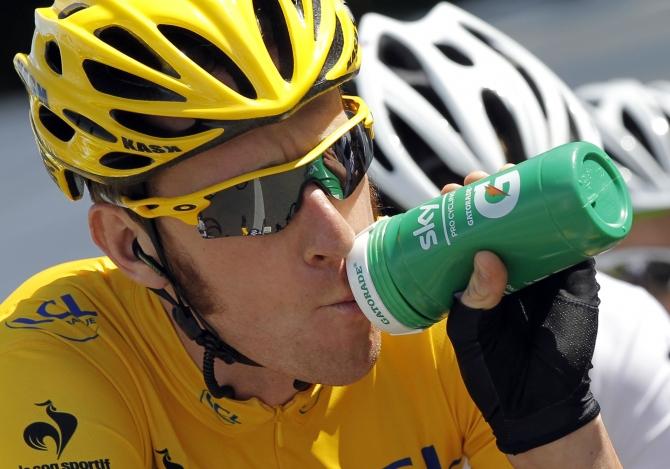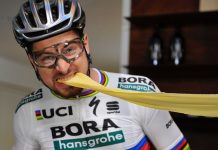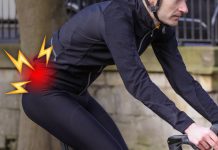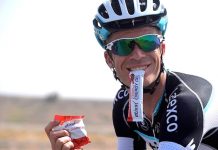The sports drinks industry is a multi-million-pound business, but it’s certainly not just athletes who are drinking them. According to a 2015 report, only in UK people consume 170 million litres of sports drinks a year.
Despite a lot of mixed opinions concerning the need for sports drinks amongst amateur athletes, experts agree that for rides of 60 minutes or less, a bottle of water is perfectly fine.
If you’re going out for a ride of more than 60 minutes, are cycling in excessive heat or are competing in a long distance race, you may want to consider a sports drink to help you replace electrolytes as well as lost water.
After an hour’s cycling, it’s recommended to take in 30-60g of carbohydrates every sixty minutes to help fuel your performance. You could do this by snacking on a banana, dried fruit or energy gels, or by sipping on a sports drink.
An average litre bottle of sports drink will contain about 60g carbohydrates in the form of simple sugars as well as water and electrolytes – the perfect combination to hydrate you through periods of exertion and sweat – and so if sipped over a period of 1-2 hours, will provide you with all the carbohydrates you need to keep going.
How much fluid we need to take in while cycling differs person to person depending on how much we sweat. To help quantify how much you should drink, British Cycling recommends conducting a ‘sweat test’.
To do this, you need to weigh yourself naked before going out for a ride. Then, cycle at your normal intensity for 60 minutes without drinking anything. Back home, take your kit off, towel dry any sweat away and weigh yourself again. Subtract your post-cycle weight from your pre-cycle weight – the difference will equate to the amount of fluid lost in millimetres.
So, for example, if you’re 1kg lighter after your ride, you will have lost 1 litre of water and you know to try and drink 1 litre of fluid for every hour of cycling – preferably spread out evenly over the hour, so around 250ml every 15 minutes. To make this more accurate, you could carry the test out on several occasions and work out your mean water loss.
Sports drinks do have their place in the cycling world, but they are over-consumed. If you’re cycling for less than one hour, then stick to regular water. For longer rides, go for a sports drink but consider making your own to avoid unwanted refined sugars and artificial flavourings and additives.















This issue was long debated.
The title is misleading.
First, cycling is really heterogenous.
Professional cycling will always require special drinkings.
On the other hand there is a amateur cycling branch, namely randonneuring which require a lot of knowledge regarding nutrition and hydration.
What should be a sport drink? An answer to the need to hydrate and feed in the same time.
Starting from this point we may have a rational approach.
Another issue is if sport drinks are adequate or just marketing? You would be surprised to find that well known brands are not adequate.